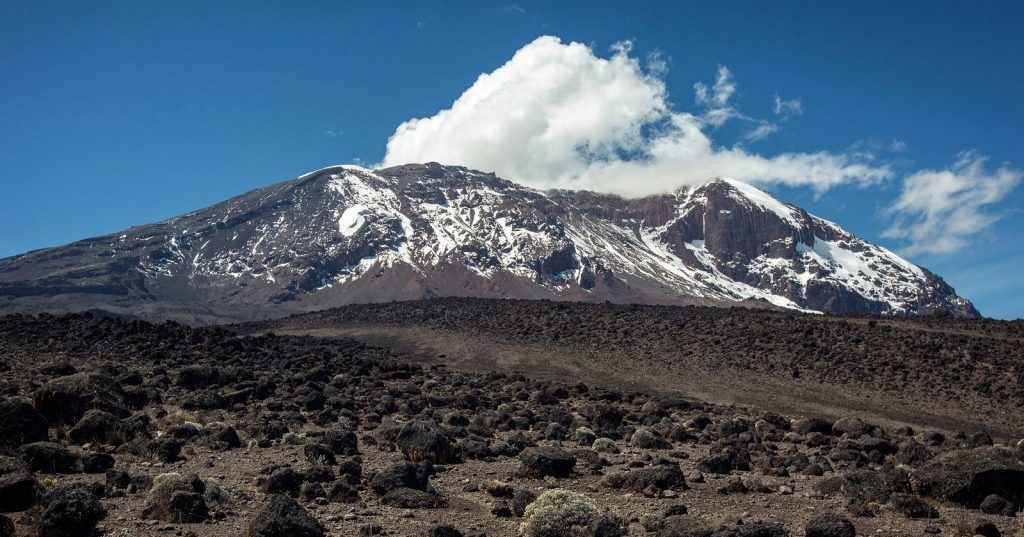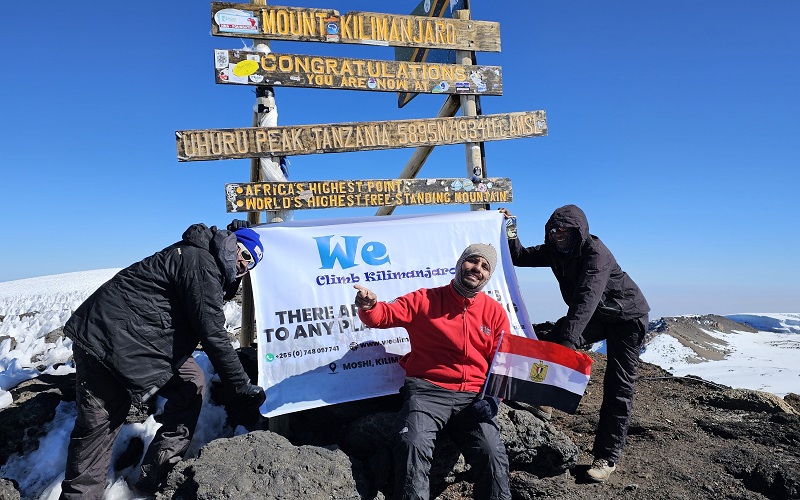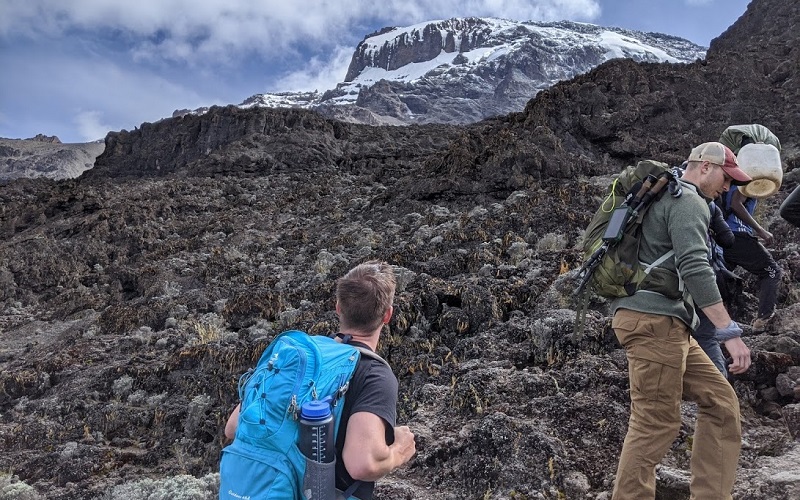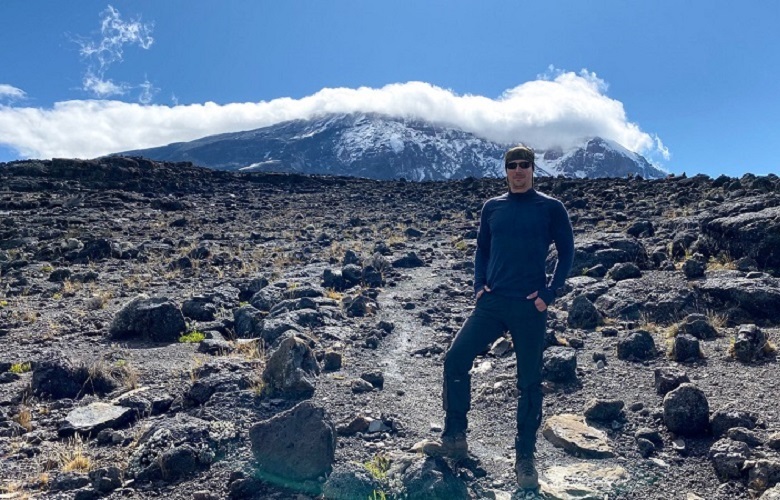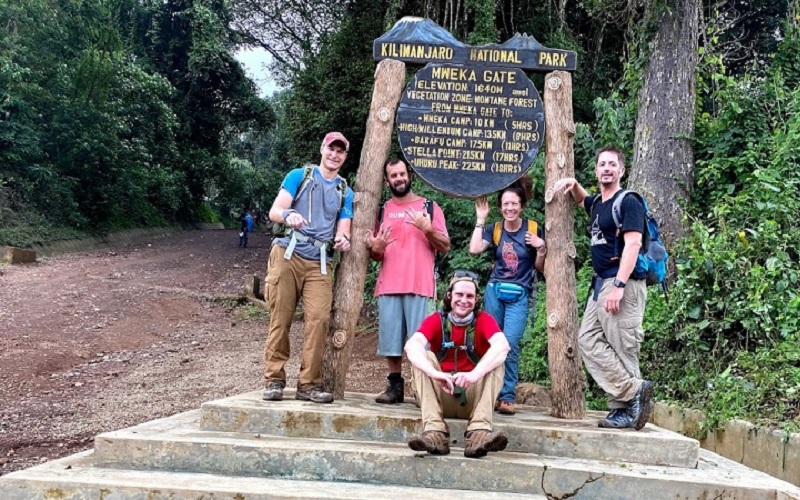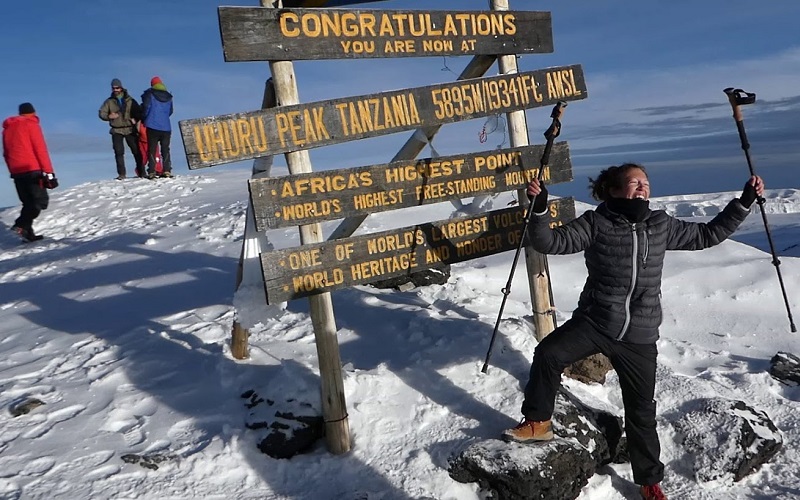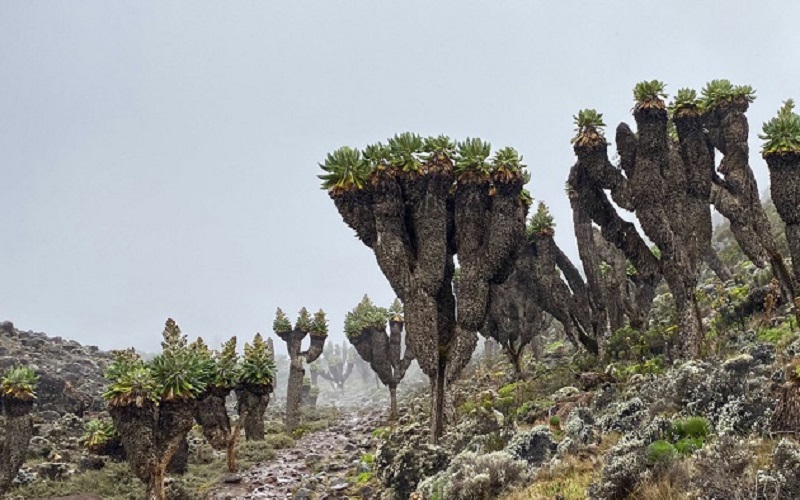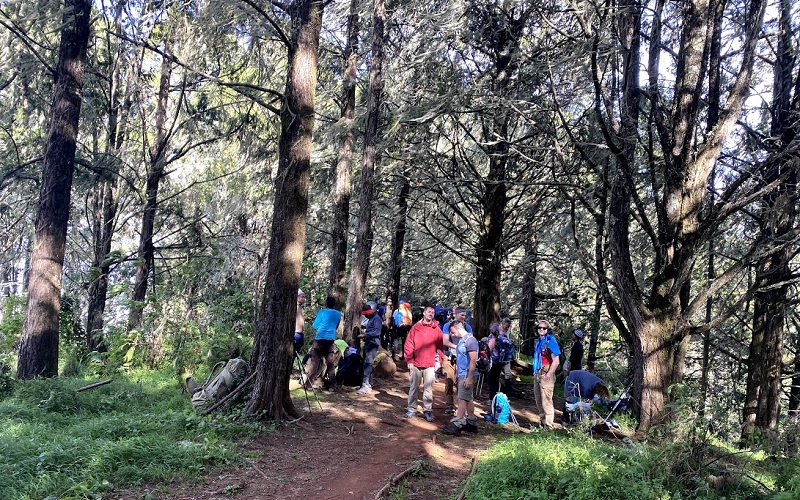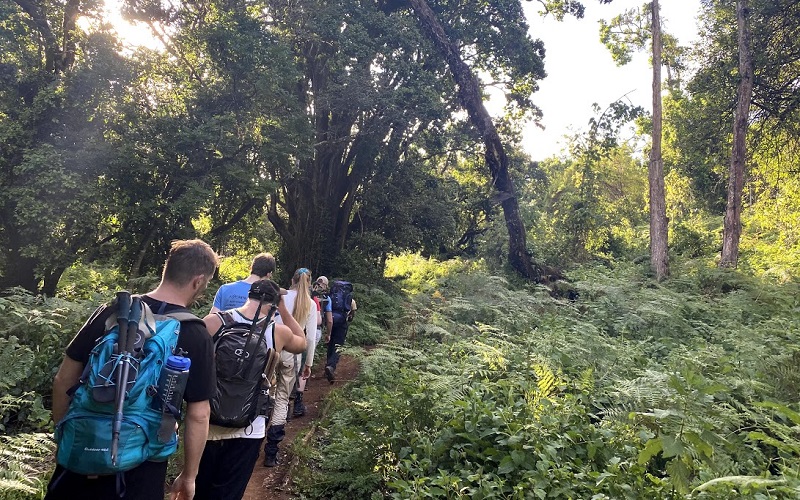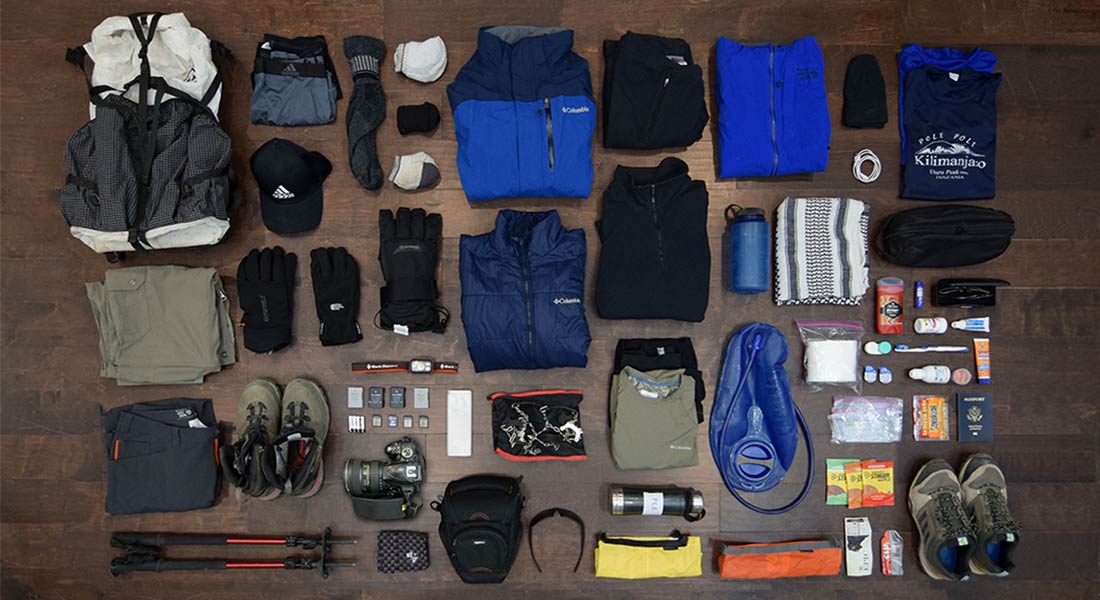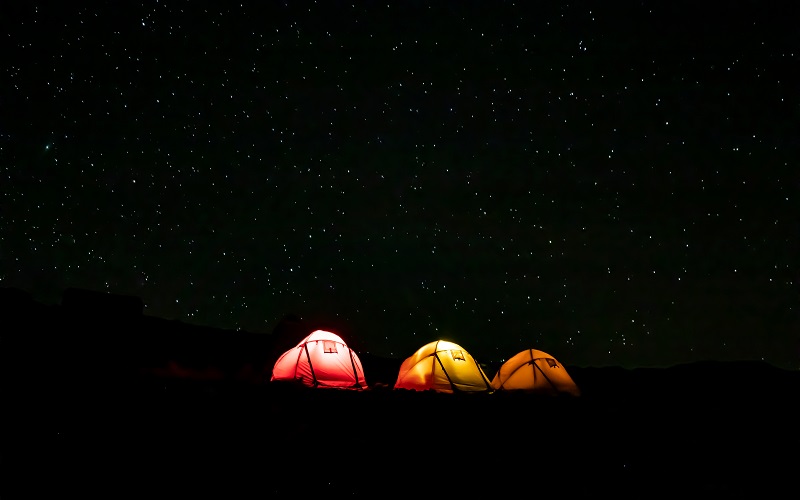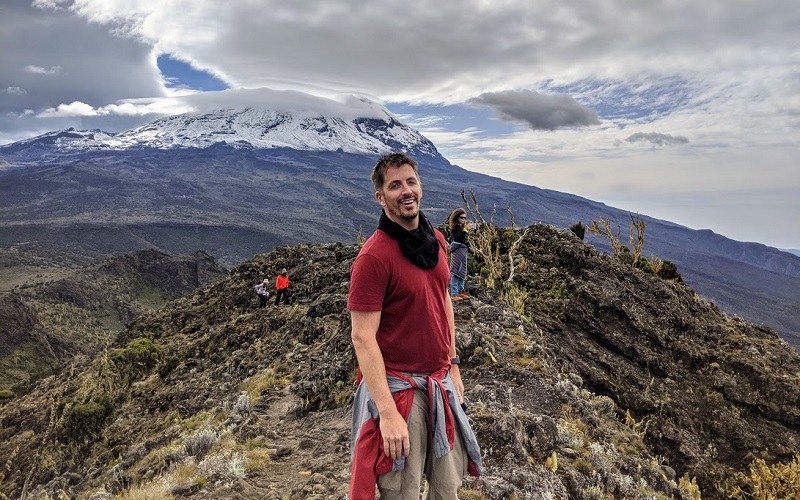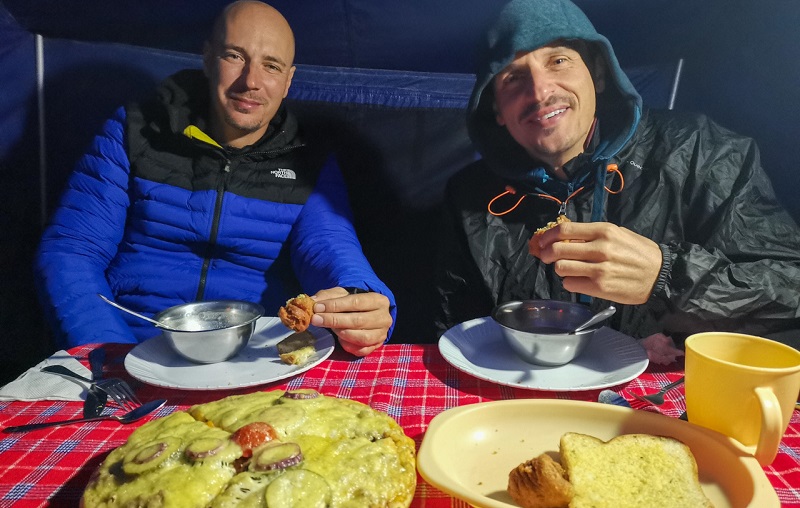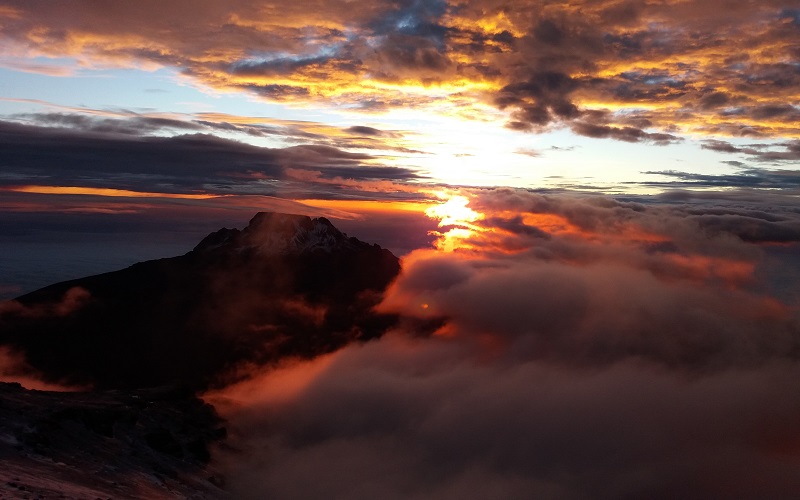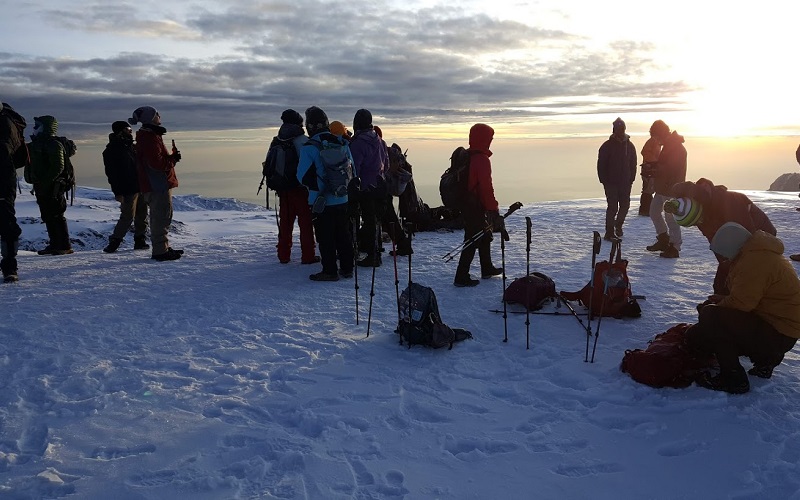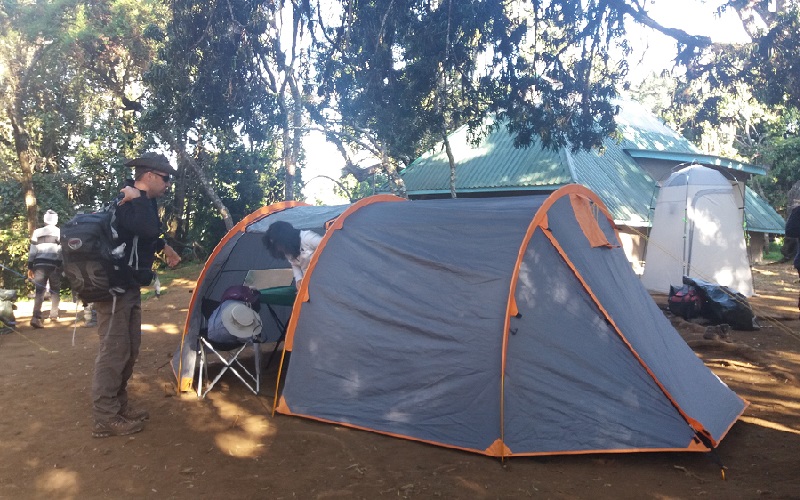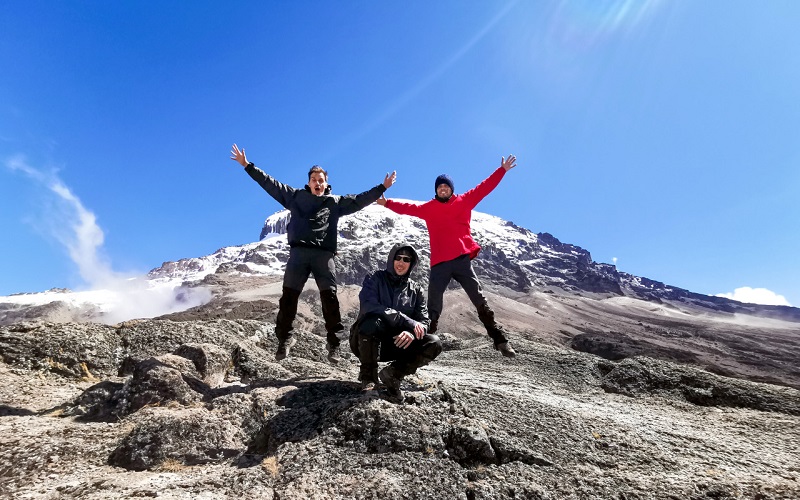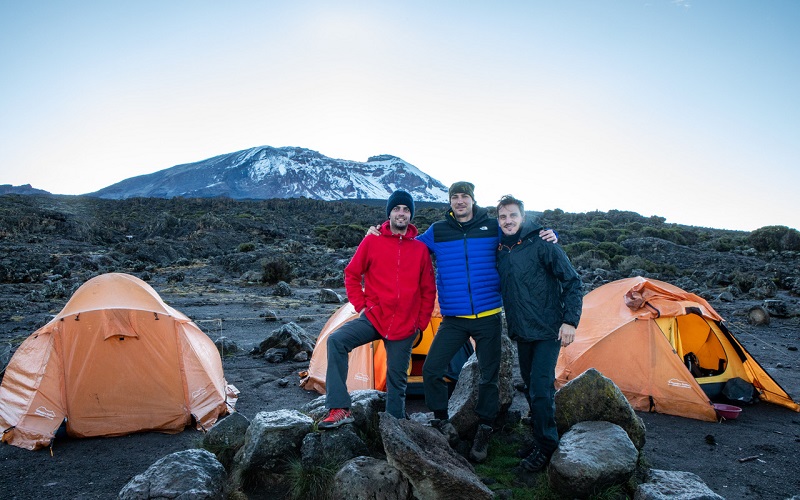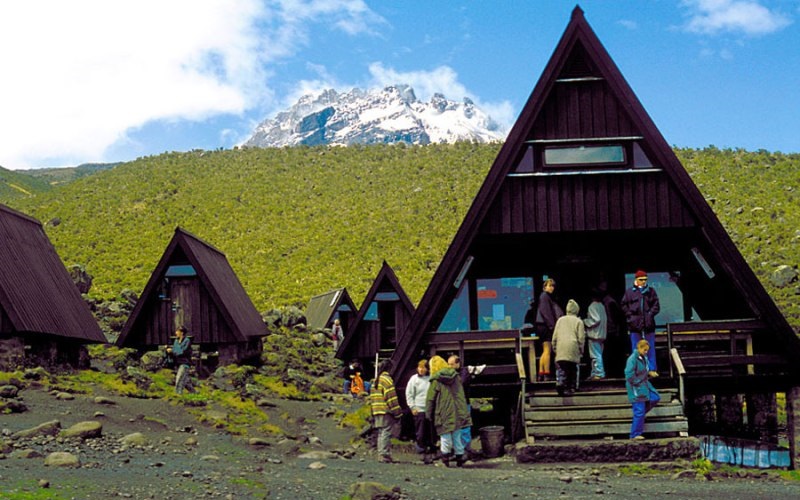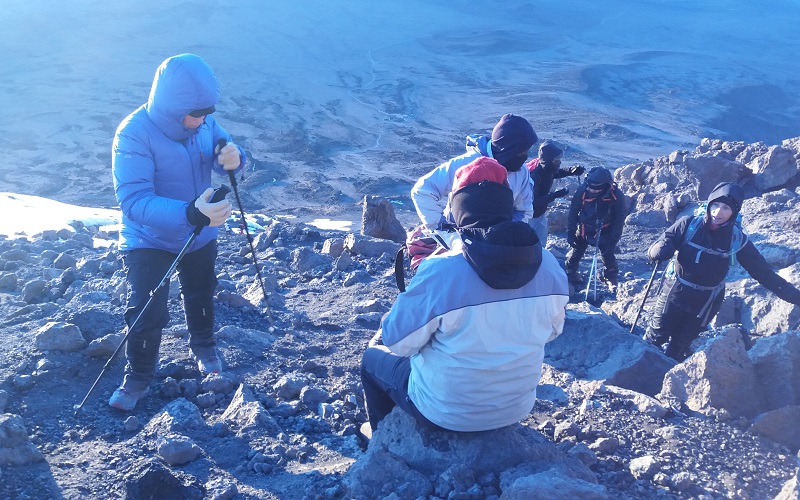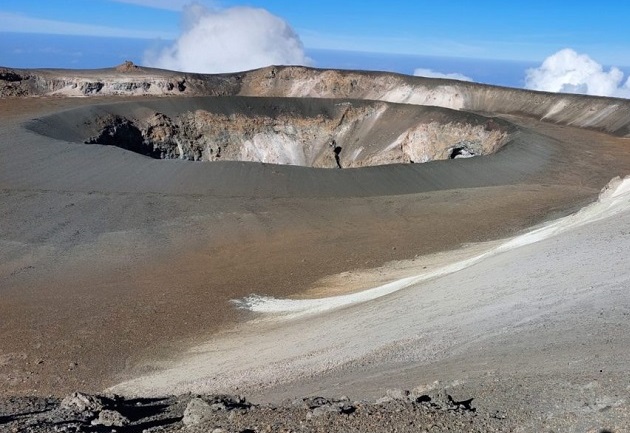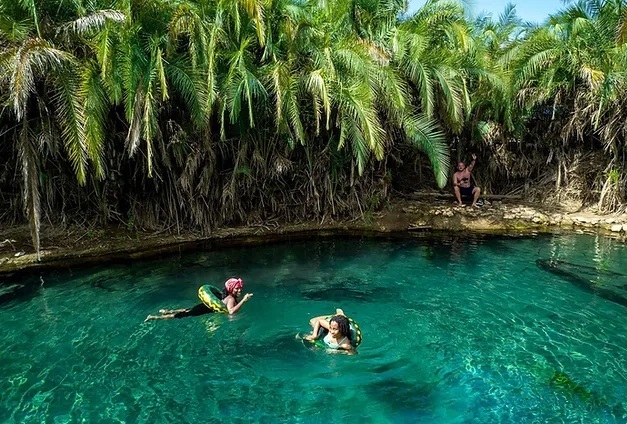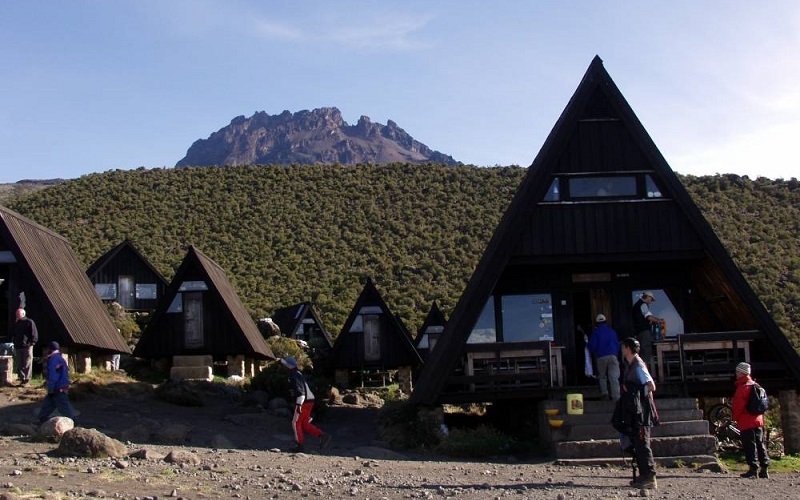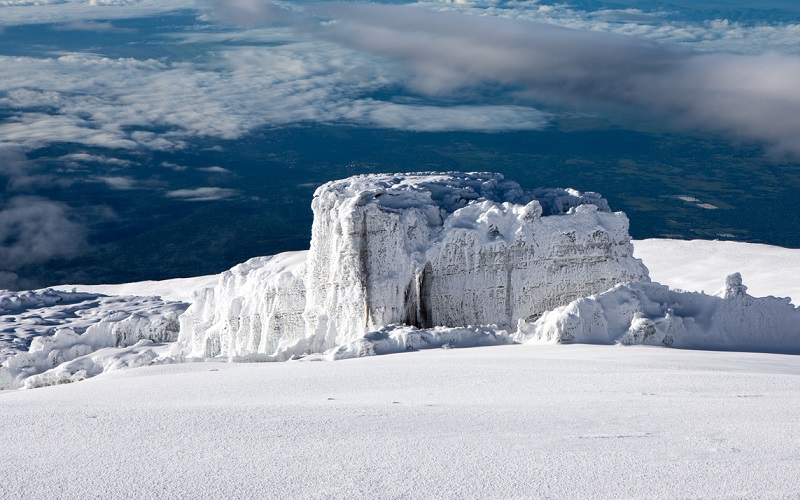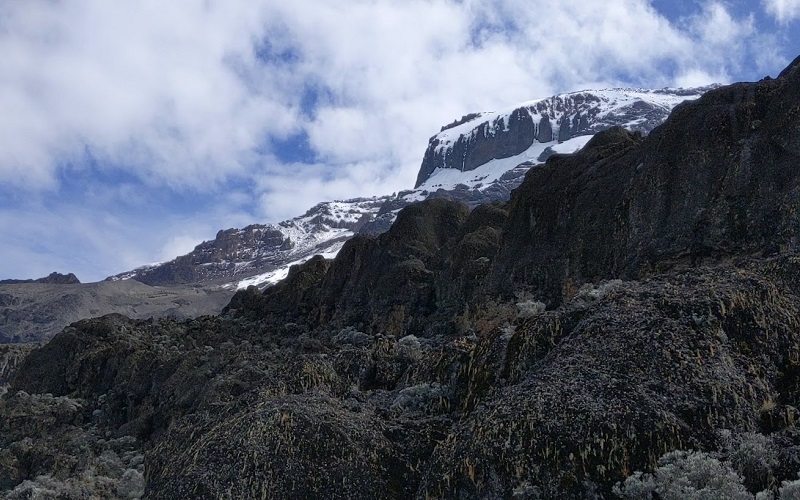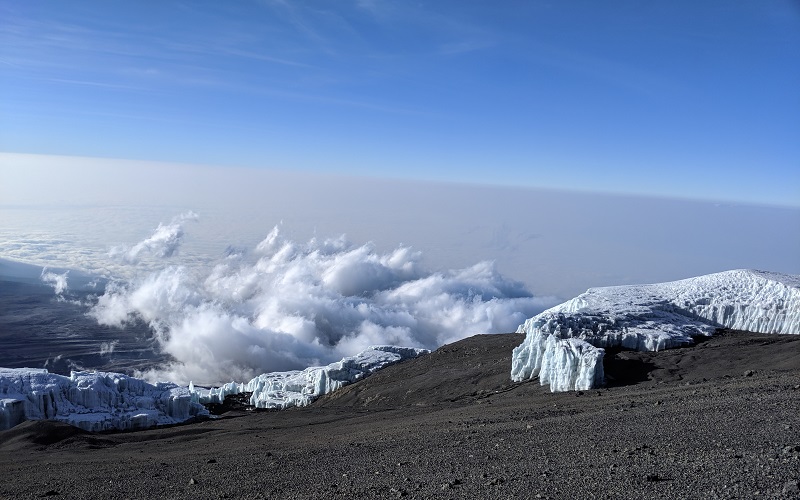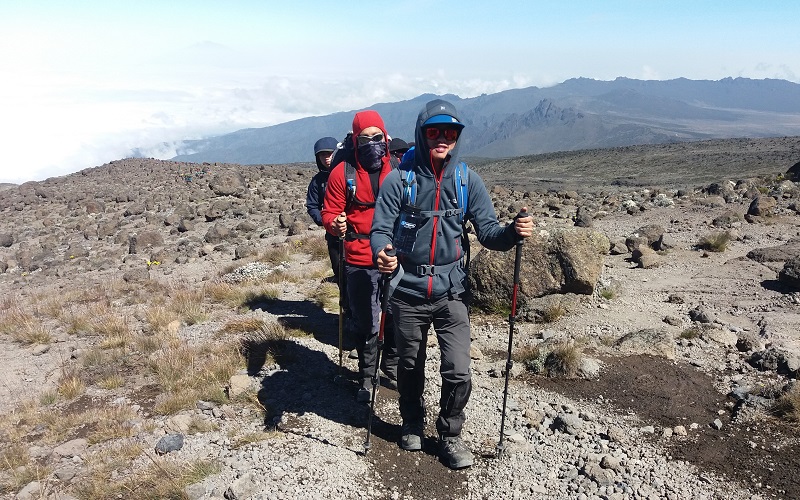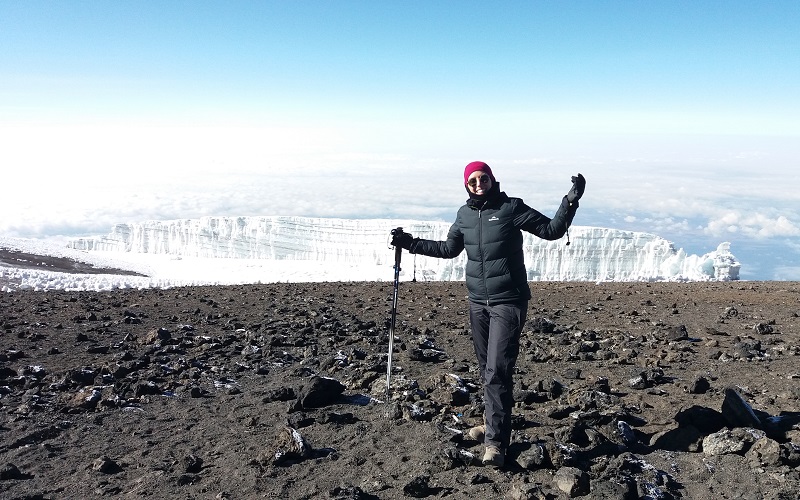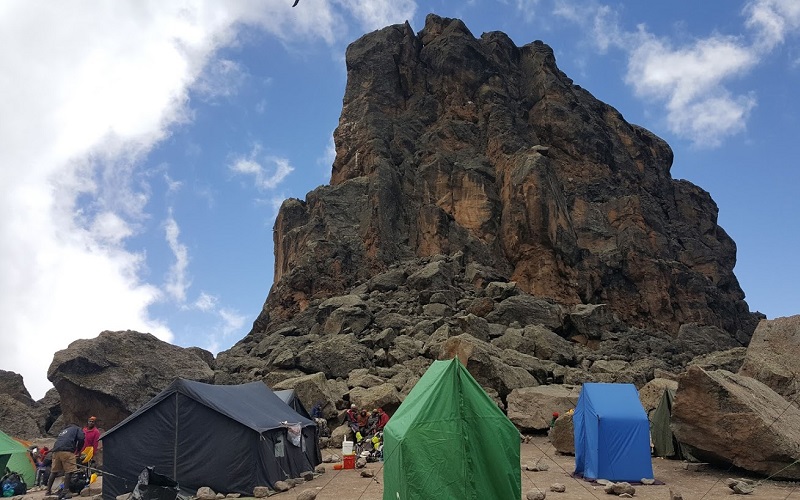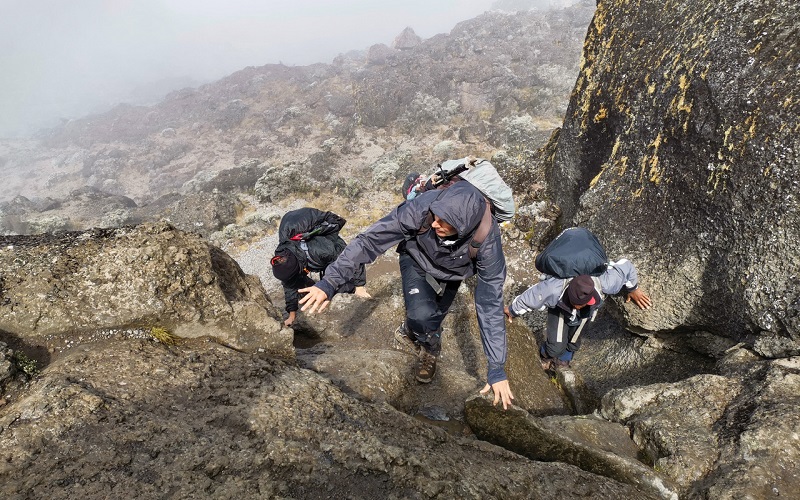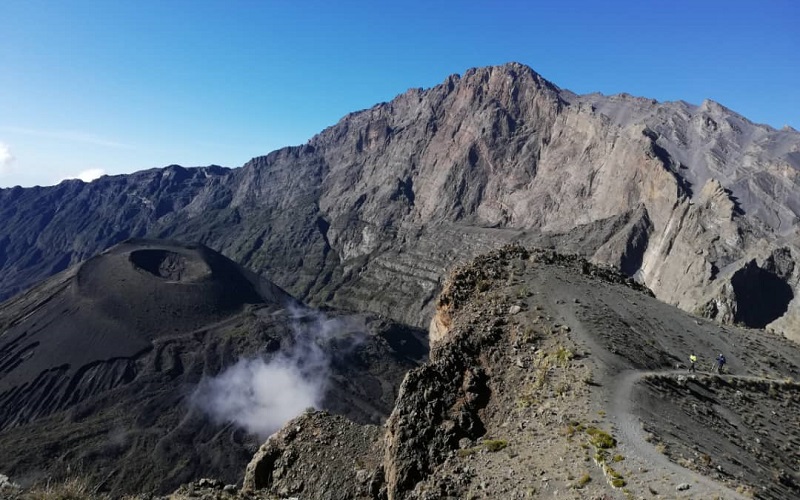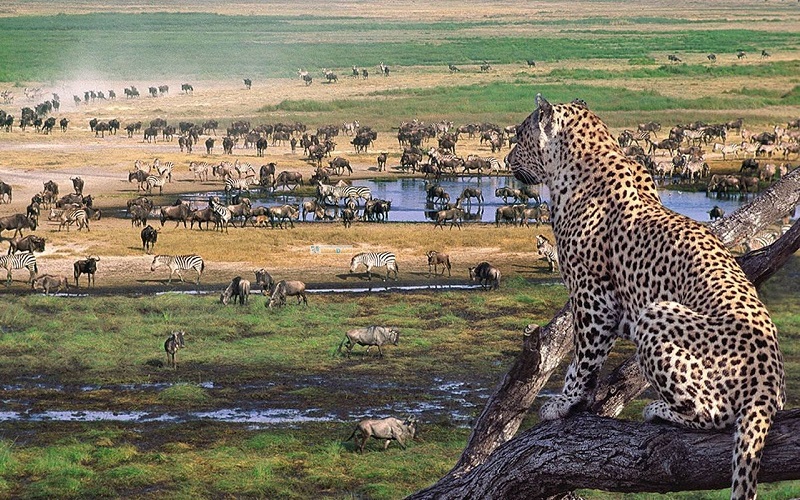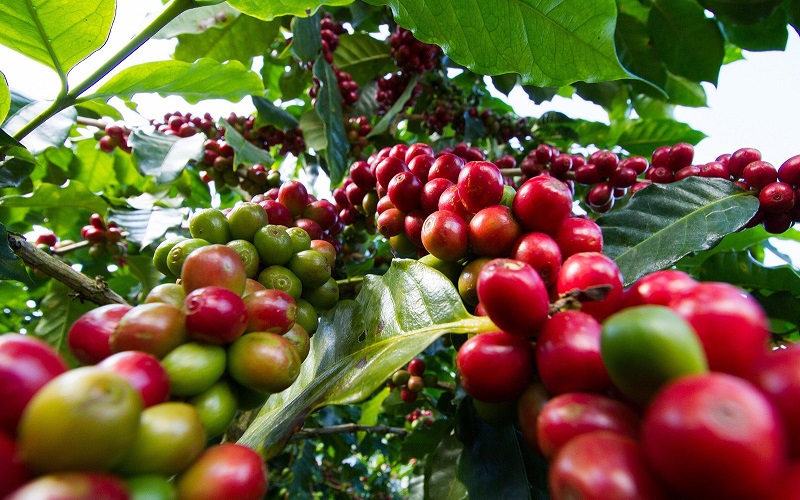KILIMANJARO MOUNTAIN
Kilimanjaro is the fourth most topographically prominent peak on Earth. It is part of Kilimanjaro National Park and is a major hiking and climbing destination.
Mount Kilimanjaro is a dormant volcano in Tanzania. It has three volcanic cones: Kibo, Mawenzi, and Shira. It is the highest mountain in Africa and the highest single free-standing mountain above sea level in the world: 5,895 metres (19,341 ft) above sea level and about 4,900 metres (16,100 ft) above its plateau base.
Taking on Kilimanjaro is a huge challenge – and one of the biggest achievements you’re likely to ever achieve.
There are Eight routes (Trails) that can be taken to climb the world’s highest free-standing mountain, each with their own advantages
and disadvantages. Choosing which route to take all depends on your mountain experience, what you’d like to experience along the way, acclimatization considerations and price.
Mount Kilimanjaro is made up of five major ecological climate zones. The five distinct climate zones on Kilimanjaro, from the tropical
forest to the arctic tundra of the summit has been compared to walking from the equator to the North Pole.
Each climate zone has it’s own unique characteristics, both in terms of vegetation and animal life. You may read more about Kilimanjaro Climatic Zones
Kilimanjaro is more than just a huge achievement; it is an incredible natural wonder. Having a few facts about the mountain at
hand will make it all the more impressive when you tell friends about your accomplishment!. You may read reasons for climbing Kilimanjaro
